Print and Paper The Facts
Examples of Changes in Corporate Messaging Related to Print and Paper
Since early 2012, Two Sides North America has engaged with over 135 companies to remove negative environmental claims used to promote electronic services over paper-based communications. To date, over 75 companies, including many of the Fortune 100, have changed their corporate messaging about print and paper. The key reasons for challenging claims are outlined in a Two Sides Fact Sheet titled “Why challenge anti-paper environmental marketing claims?” available on our website at www.twosidesna.org.
The changes can be summarized as follows:
- Removal of claims such as “go paperless – go green”, “save trees”, “help the environment”, “help save the planet”.
- Removal of images of leaves, trees, the globe and others suggesting environmental benefits.
- Replacing the word “paperless” with “online”, “e-statement”, “e-billing”, or similar wording.
- Focusing the message on the practicality and convenience of electronic services, rather than environmental benefits.
Below are some of the companies that have collaborated with Two Sides North America, as well as examples of corporate messages before and after discussions with various companies.
Following several discussions with Starbucks’ Chief Sustainability Officer, the company worked with Two Sides to changes its environmental claims on napkins and paper bags used at their coffee shops across the nation. Claims of “saving trees” were removed to make way for a factual claim about recycled content in the products.
After many attempts to engage with Verizon, Two Sides issued the blog on the left, supported by a social media campaign to raise awareness about misleading claims. Verizon subsequently removed the claims. To help support Two Sides educational efforts, join us as a member company – go to www.twosidesna.org
Consolidated Edison is a key power provider in the New York State area with annual revenues of over $12 billion. The envelope on the left was used to send customers their bills every month. After many discussions with them about the misleading nature of the message, the company removed the claim.
BMO collaborated with Two Sides to change and remove all negative claims related to the use of paper, including terms such as “paperless” and “paper clutter”. Before and after shown below: To help support Two Sides educational efforts, join us as a member company – go to www.twosidesna.org
Print and Paper The Facts
When students with Canadian government loans logged into their online accounts, they were faced with “Go Electronic. Save a Tree.” Two Sides worked together with the Canadian National Student Loan Service to remove the claims and replaced them with factual messaging.
Before and after shown below:
Mediacom Communications is the fifth largest cable television company in the U.S. with revenues of over $450 million. The company collaborated with Two Sides in 2015 to change and remove all negative marketing claims related to print and paper.To help support Two Sides educational efforts, join us as a member company – go to www.twosidesna.org
Print and Paper The Facts
Testimonials
“One of the benefits of our relationship with Two Sides has been the opportunity to reflect on how we communicate our efforts. This caused us to review Sprint’s messaging about electronic media across multiple touch points.”
Alan Anglyn, Director – IT Care & Billing Services Business Management
“Our two organizations are very close on our approach to paper and its role within the Finance Industry. We also agree that the (e-billing) statements in place were too simplistic about this positive impact and would benefit with being re-worded to be more specific. The HSBC global sustainability team has agreed to draft some new wording which we will share with Two Sides for review prior to issue as guidelines to our marketing and communications teams.”
Andrew Woodroffe – Senior Project Manager & Sustainability Leader
“Regions is committed to providing accurate information to its customers and to the public generally, and this commitment extends to our marketing materials. We take very seriously our obligation to assure that our marketing materials do not include misleading or inaccurate information, whether about environmental claims or otherwise. As a result of our discussions with Two Sides, we have revised the environmental message on our website and would welcome any other comments related to the environmental marketing of our products.”
A. Lee Hardegree, III – Assistant General Counsel
“We have undertaken a review of our existing customer messaging regarding online billing that will, among other things, likely lead to a de-emphasis of environmental impacts, with the anticipated focus instead being on customer convenience. We thank Two Sides for bringing these concerns to our attention.”
Kenneth J. Langan – Assistant General Counsel
“Following receipt of a letter from Two Sides, SCE reconsidered its messaging and determined that cost savings is the most significant driver for our campaign. As such, we decided to discontinue statements regarding environmental benefits of electronic billing, and to focus on the cost savings associated with electronic billing.”
Jessica Lim – Principal Manager, Offer Management and Marketing
“We have reviewed your proposed modifications to our messaging, and in response, we have made the following changes to our online Billing Centre Promotion:
- Removed all references to “paperless”
- Removed “Go Paperless” on the keyboard in the image used on our website
- Removed all references to “Go Green”
- Replaced “Help the environment” in the copy with “Save on paper invoice fees”…”
Ramsey Mansour – Vice President, Corporate Strategy and Marketing To help support Two Sides educational efforts, join us as a member company – go to www.twosidesna.org

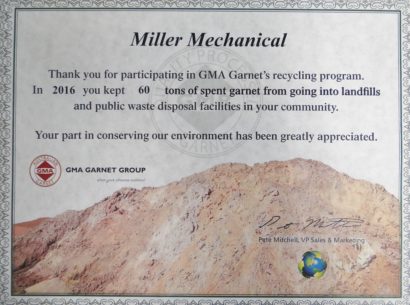
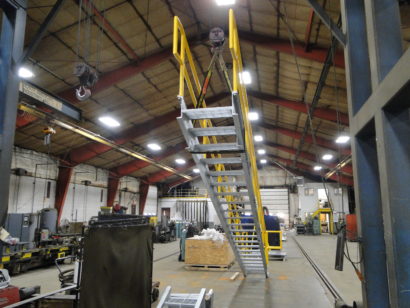



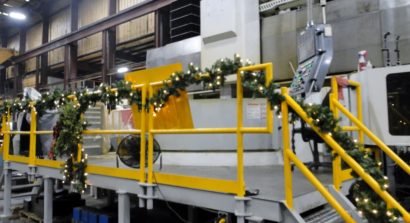
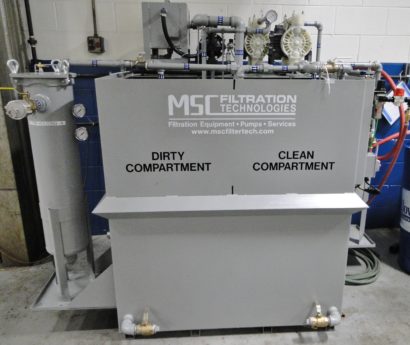

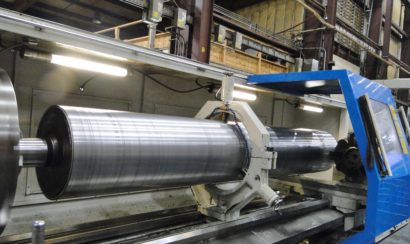
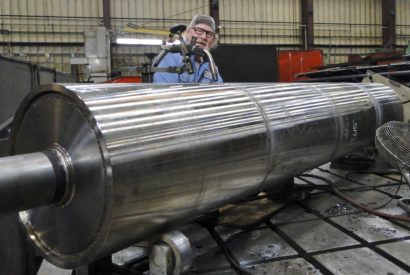

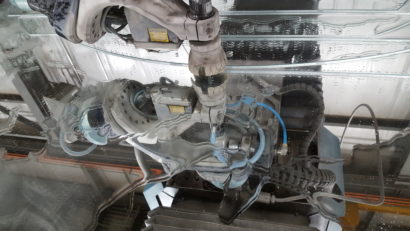



You must be logged in to post a comment.